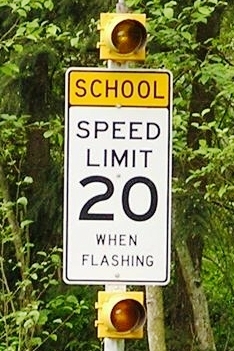A new technology, already used to decrease the risk of motor-vehicle accidents, could soon be used to help reduce the risks of pedestrian accidents in Boston and elsewhere in the United States, according to the Insurance Institute of Highway Safety (IIHS). The crash prevention technology will have the potential to prevent cars from hitting pedestrians. Now, your car will be able to spot a pedestrian in its path and automatically brake if the driver fails to do so.
Our Boston personal injury lawyers note that researches have found the most common pedestrian-vehicle accidents occur when a person is crossing a road and a vehicle is traveling straight. The most surprising aspect of these crashes is that, in most cases, there is no braking reported. These crashes occur mostly during the day, but the most fatal ones occur during the nighttime hours.
Massachusetts alone endured nearly 50 of these pedestrian fatalities in 2009.
The National Highway Traffic Safety Association reports that there were more than 4,000 pedestrian fatalities resulting from traffic accidents in 2009. While this number is a 7 percent decrease from the year before, it is important that everyone do their part to avoid a pedestrian accident this summer.
In 2011, the forward collision warning system was offered on 19 new vehicle makes. Other crash avoidance technologies currently offered in new vehicle are the lane departure warning system, adaptive headlights and side view assist. The IIHS estimates that more than 1 million accidents, including nearly 800 fatal accidents, could be prevented or mitigated if every vehicle was equipped with this new forward collision warning technology. The Institute is reporting that pedestrian detection systems could help to prevent another 39,000 accidents — and nearly 3,300 fatalities.
“The most difficult part is actually to make sure that the car does not brake when it’s not supposed to,” says Thomas Broberg, senior technical adviser for safety at Volvo.
“You would never accept a car that brakes every time you pass a mailbox.” The technology is still in developmental phases.
Continue reading
 Boston Personal Injury Attorney Blog
Boston Personal Injury Attorney Blog







